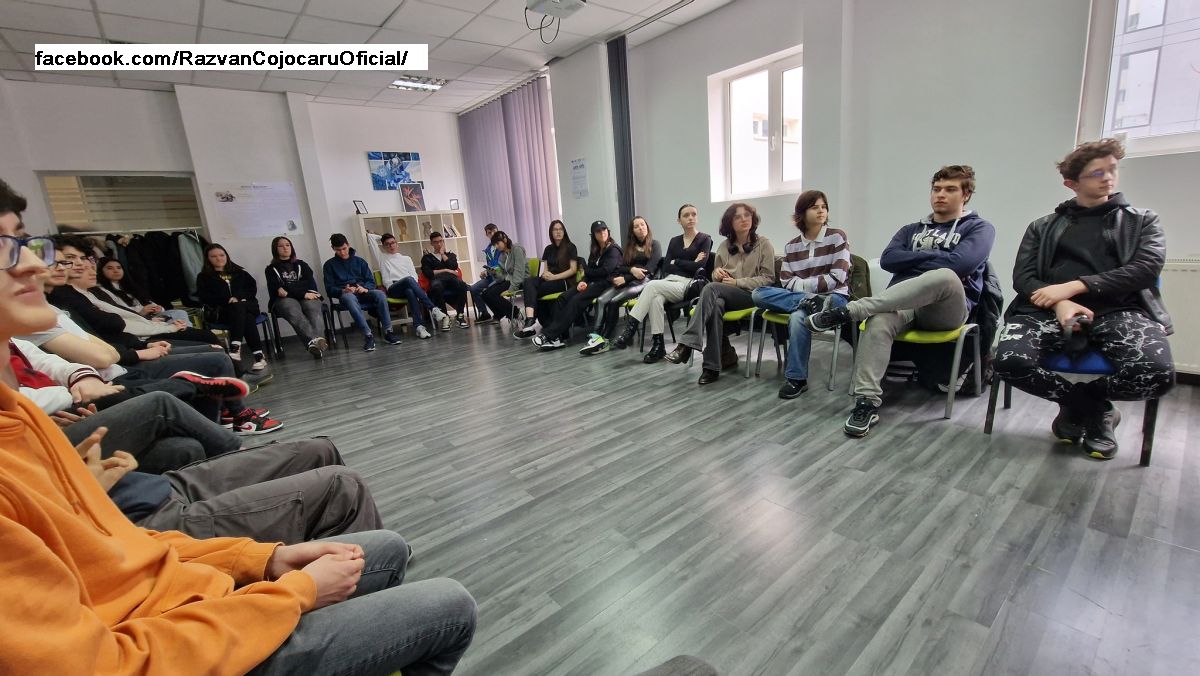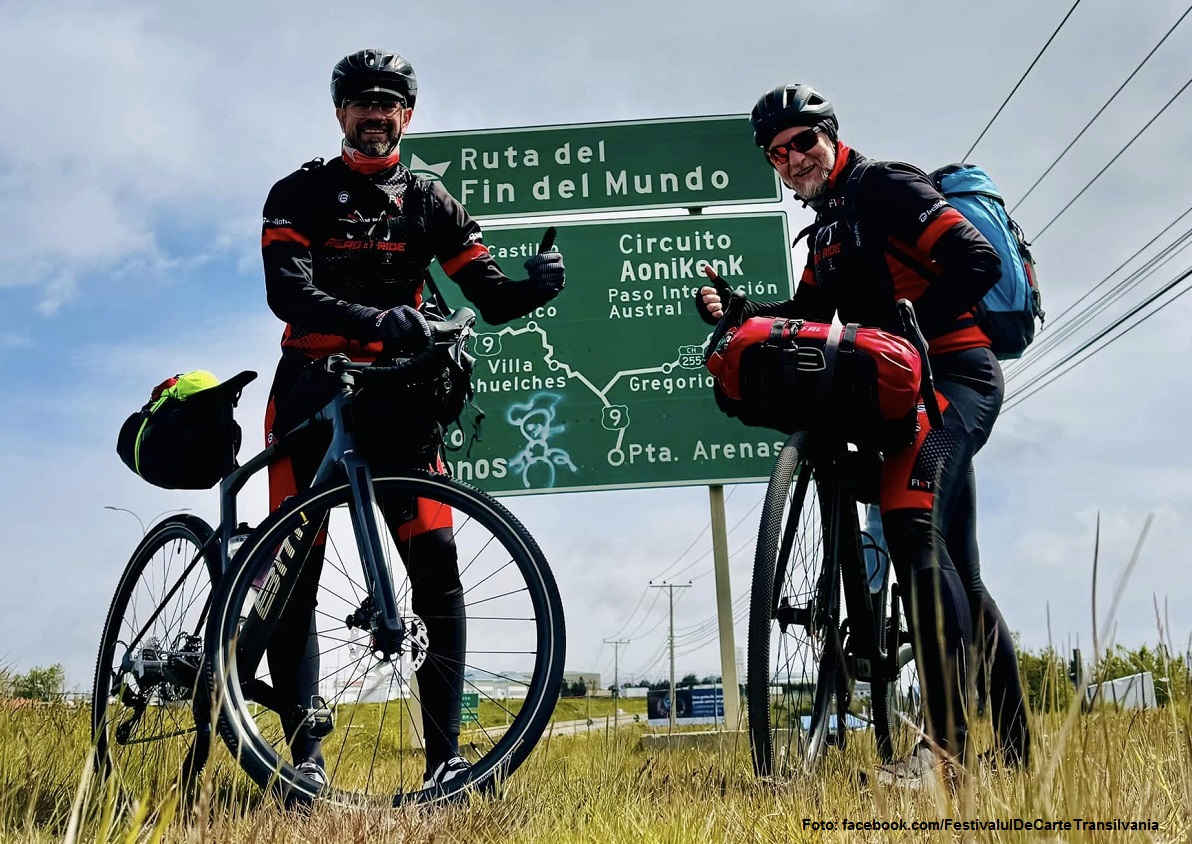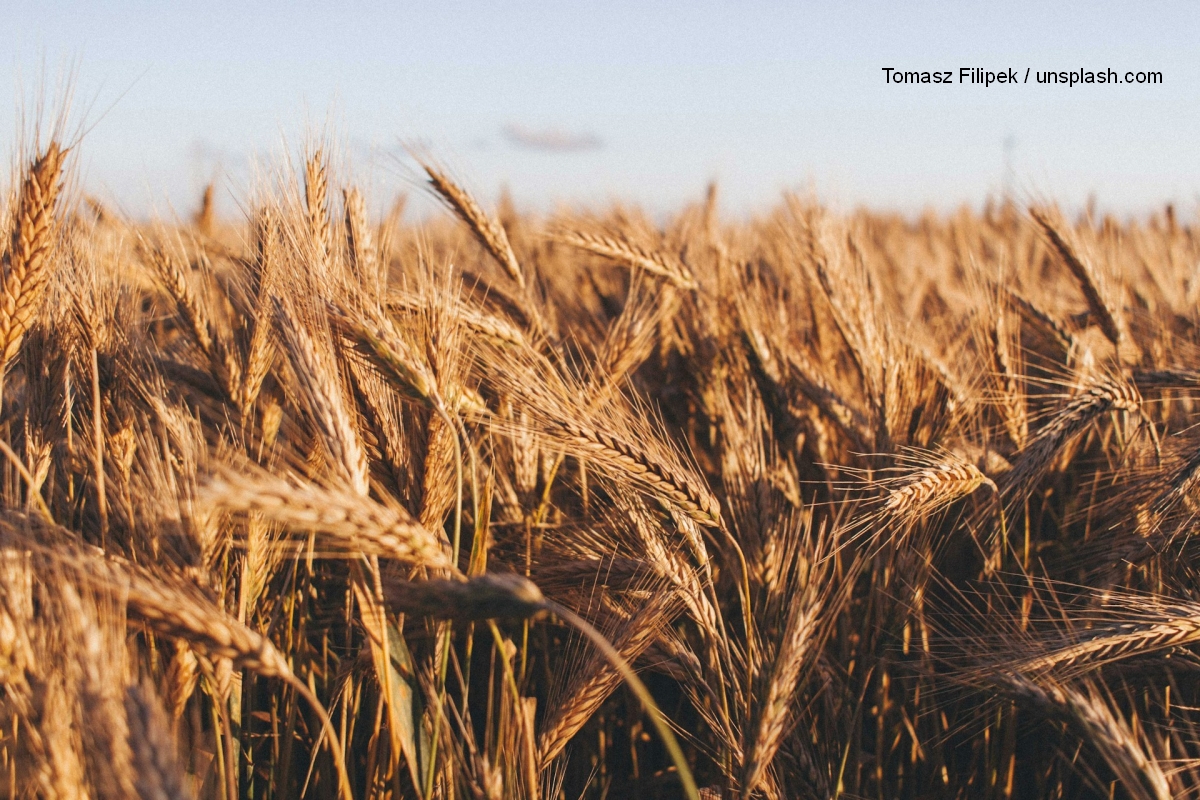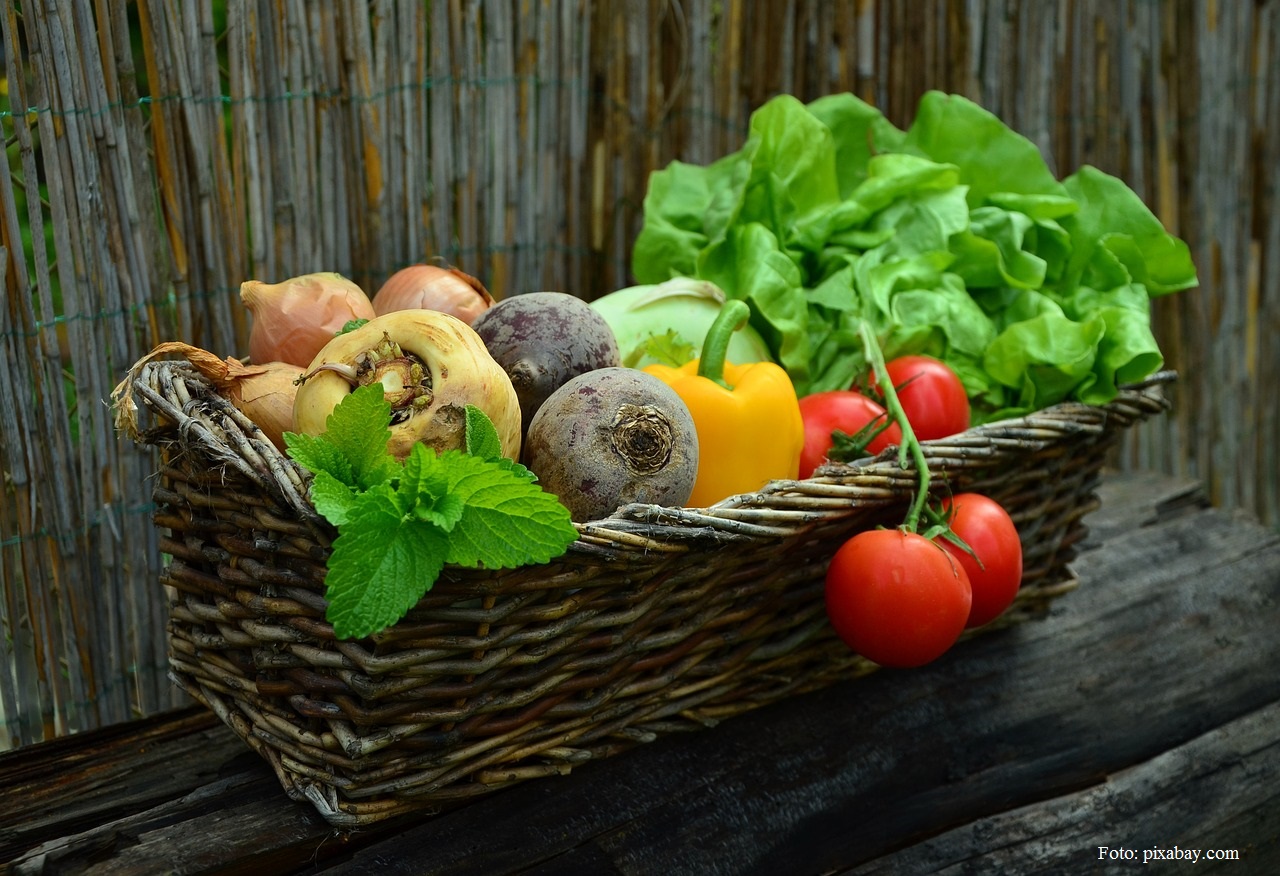District Portraits
As part of a project entitled ‘District Portraits, a team of artists is trying to figure out and show what the districts of Bucharest look like
Warning: Trying to access array offset on null in /home/web/rri.ro/public/wp-content/themes/rri/template-parts/content.php on line 53
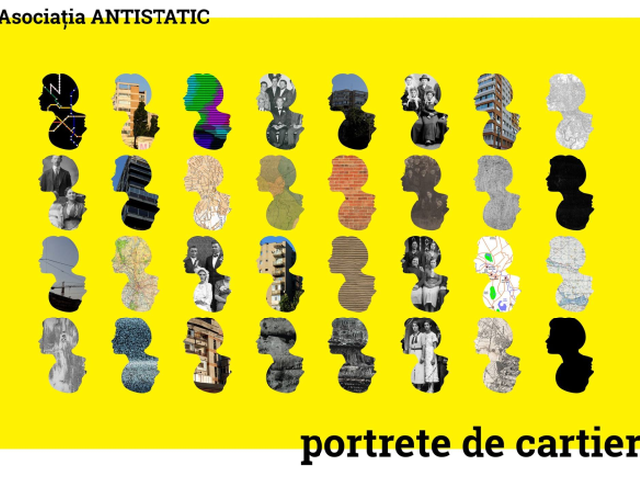
Warning: Trying to access array offset on null in /home/web/rri.ro/public/wp-content/themes/rri/template-parts/content.php on line 98
Christine Leșcu,
20.08.2019, 12:00
In Bucharest, Romania’s capital city, where the number of people who feel uprooted is on the rise, two civic associations have teamed up inviting residents to get involved in a series of workshops designed to challenge them to consider the relationship they have with their environment, their neighbors and the past and the present of the places they see on a daily basis. As part of a project entitled ‘District Portraits’, launched this March, a team of artists with the Antistatic Association, jointly with the Association for Urban Transition (ATU), is trying to figure out and show what the districts of Bucharest look like, through collective and subjective portraits.
The project provides for the exploration of two regions: Straulesti (known as Bucurestii Noi district) and Calea Calarasilor, between March — June 2019. In Straulesti, a team of 8 visual artists – graphic designers, illustrators, painters – have already started to explore the streets of this district, in a bid to get to know its people.
Anthropologist Andra Mitia Dumitru, who is also an initiator of a project called “Urboteca”, a portmanteau word for Urban Library in Romanian, told us more about this project:“One of the objectives of Urboteca, which is also an ATU project, is to encourage and develop the process of participatory urbanism, in the sense that we encourage the idea of consulting residents on urban development issues so that town planning takes into consideration everyone’s interests, such as administration, any possible investors, residents and representatives of the Academia, given that all Urboteca members come from that area. We are also trying to develop academic research in the area of urban studies.”
Eduard Bălaş, a representative of the Antistatic Association told us that the idea for this project stemmed out of the participants’ wish to make art more accessible and promote young artists.
“We had the feeling that all this environment of galleries, museums and exhibitions is attracting a pretty limited public and we actually wanted to be more flexible, more spontaneous, and more mobile. This is a segment of our partnership with ATU, by means of their ‘Urboteca’ – a truck that has been adjusted for their town planning activities. We have further adjusted this truck for our Mobile Gallery, with which we participated in the White Night of Galleries in 2017 and 2018. We had two group exhibitions, which targeted a wider audience. The first one was held in the Institute of Mathematics in 2017. We actually parked our truck close to the institute in a bid to give the exhibition the aura of a cultural event. With this project we wanted to further this idea of art exhibitions, inspired by a certain place, travelling exhibitions accessible to a larger and more diverse audience. Our intention was to take over the ATU’s approach to town planning and give it an artistic dimension.”
Andra Mitia Dumitru has referred to the idea of interdisciplinarity inside this project: “We very much rely on the idea of interdisciplinarity, and for this reason our cooperation with artists from the Antistatic Association is very important in this respect. They actually offer us a new dimension, a way of seeing the district and the urban issues and the daily life of the people here by means of their artistic vision. What we do is to drive this colorful truck of ours, which is full of interactive instruments, to various districts around Bucharest, and start talking with the locals so that we may understand how they live and how they see things. So, from these dialogues we start developing strategies of participatory urbanism.”
Andra Mitia Dumitru told us this project is part of a larger one, entitled “Urban Education Live” a project run jointly with Finland, Slovenia and England, through the Sheffield School of Architecture, which is testing academic methods of improving urban communities.
Participants in this project are now working in Bucurestii Noi, a district which has its own civic initiative group, a fact that attracted our interlocutors. Here is Eduard Balas at the microphone again: “We’ve so far run outdoor workshops for children, part of the activities carried out as part of the Doing School Differently week, and I would describe the results that we obtained as surprising. We want to make the most of the people’s subjective outlook and figure out how they actually see the district they live in. Based on their opinions we are going to create a portrait of that district, which is going to be collective and subjective, of course. This is what we asked the young ones to do, to describe in images, in a picture for instance, the place they live in; tell us more in images about their streets, districts, about how things are going in a place or another. We are going to have more workshops involving people with our Mobile Gallery, over May 11th and 12th. We are going to park the truck at school 184, where we’ve also had our series of workshops for children. These workshops are going to be followed by an exhibition.”
Aspects revealed by these workshops and by artistic research are going to be used by artists who will also take elements provided by the locals themselves and put them on display in every city district, as well as in downtown Bucharest.

